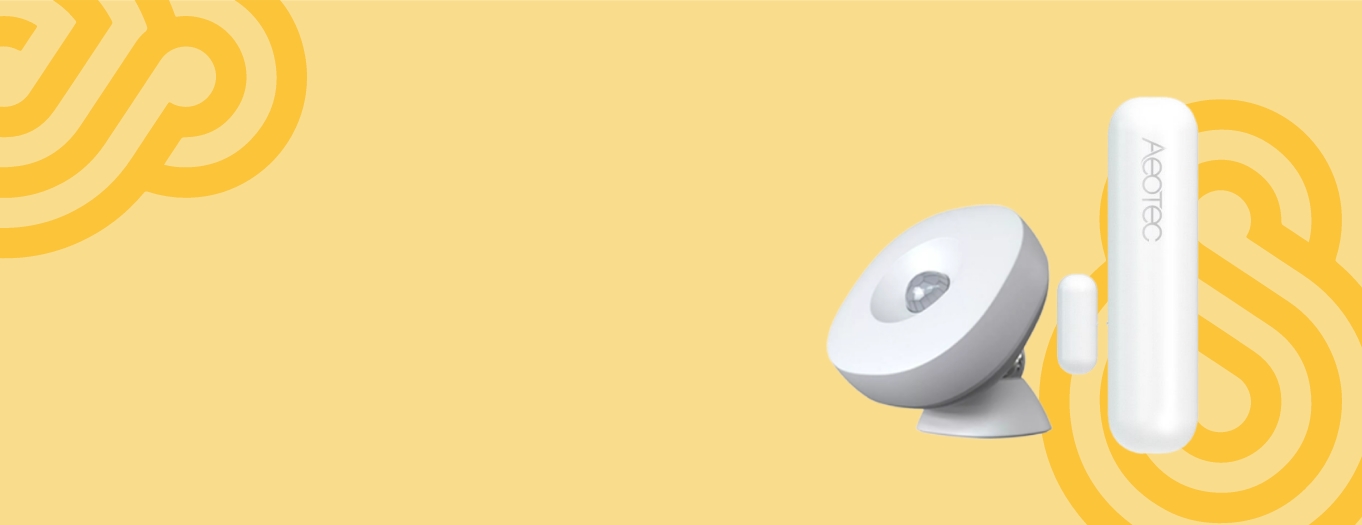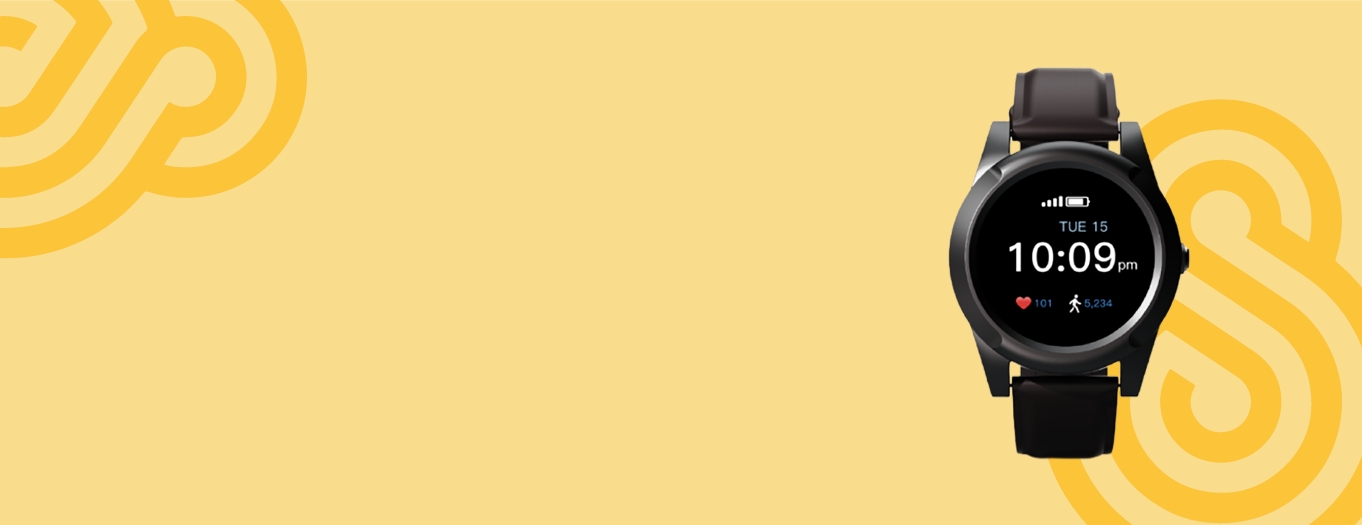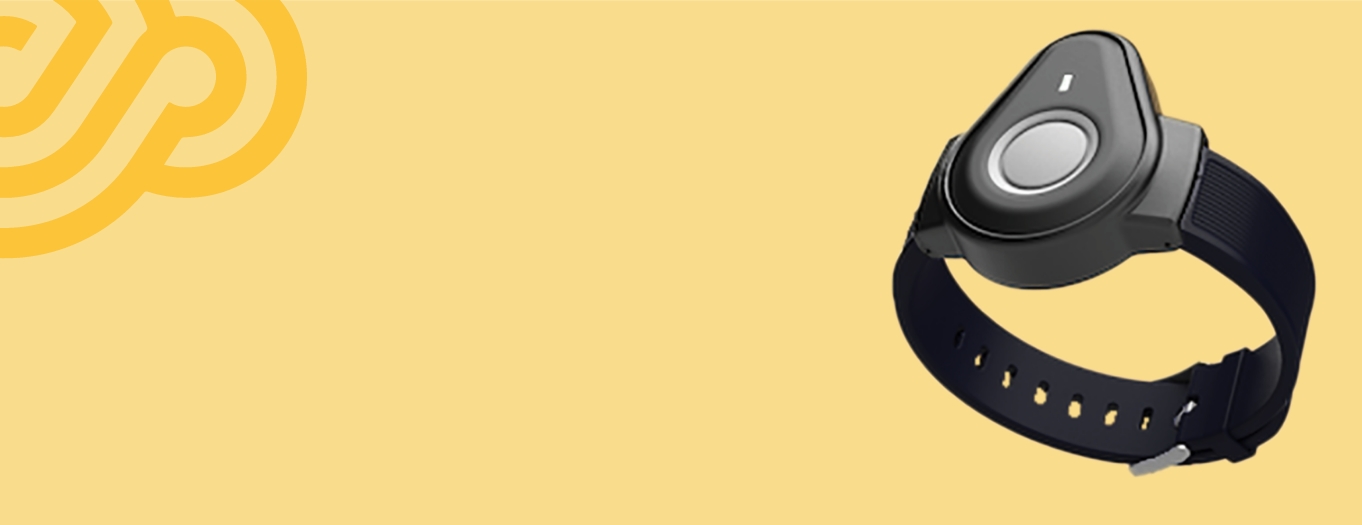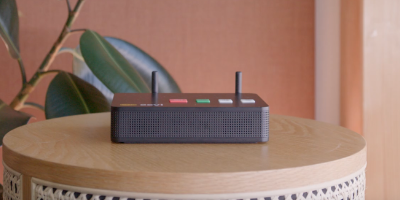Care Tech is smart business for your people
Our end customer is too important for technology partners not to be connected.

Care Tech is designed to give time back to your workforce.
by David Waldie
The following is an editorial piece published within issue #38 of SATURDAY by DCM.
One of the greatest challenges confronting any leader in 2022 is keeping their teams engaged and connected to the purpose of their organisation. I believe technology can play a crucial role in shaping our industry into one that attracts talent from outside the sector and retains those already within.
A recent study workforce survey by CompliSpace reported that 139,000 aged care workers are planning to leave the sector by the end of 2026. Inadequate pay is one of the reasons, followed by a host of soft measures such as increased workloads due to new regulations, and paperwork requirements that severely limit the ability to spend more time on real ‘care’.
Dr Sachin Patel, the founder of Aged Care GP, explained recently, “We need to find ways to make it meaningful for people again; that means they need to be able to feel like they’re growing and making a difference.”
Within the industry, workers are seeking to increase efficiencies where they can, with around half (47%) of the workforce adopting new technology to help ease the paperwork burden and free up more time for delivery of care. But the scale of the problem demands a strategic five-year technology roadmap.
Technology Roadmap Considerations
Working across Residential Aged Care, Independent Living & Home Care, we see the opportunity to vastly improve workforce and operational efficiencies via technology through:
• Care planning software that integrates via API with monitoring devices
• Cloud-based remote patient monitoring systems (i.e., nurse call and smart annunciators)
• Alerts & sensors to monitor longitudinal patterns
• Real User Monitoring feedback loops
• Alerts and sensors to notify of changes in behaviour including inactivity
• Dashboards to provide insights from data streams
• Reports tailored to user types/ roles within the organisation
The same workforce report noted that of the organisations that have adopted new technology, 31% said it had no effect, and 15% said it harmed quality and efficiency. Integration is a common challenge, with many organisations committed to multiple platforms that don’t speak to one another, making it more burdensome than beneficial for those whose role it’s intended to make easier.
Being aware of the challenges that go with adopting technology, it’s absolutely vital to align with a device and/or platform-agnostic technology provider that’s going to be able to truly partner with you to understand the needs of the business through each level of your digital stack.
The cherry on top should be for that partner to work hand in glove with your workforce to become a customer-facing extension through the installation and ongoing service processes taking away the requirement for your people to upskill in a topic that’s not their field of expertise. Why? Because we’re in a unique industry and our end customer is too important for technology partners not to be connected to that continuum of care.
(sub) Investment in technology is necessary
Becoming a care technology-enabled organisation isn’t a process that necessarily comes easily or without significant investment. Yet within 24 months, with the rollout of the Support at Home Program, we will see over 1,300 home care providers vying for a point of difference not just the care recipient but throughout the recruitment process of their own workforce. The ability to offer transparency of operations demonstrates oversight of the care provided post-incident, and the ability to pre-emptively suggest alternate care options are all hallmarks of a progressive provider. For many organisations, investment in this area will be vital for their survival.
For me, care technology done well, with the right partner for your organisation, achieves the end goal of giving time back to on-the-ground carers and support staff, whichever the aged care sector, to spend more time with their resident or client. To get the opportunity to do more of what they love, which is the reason they entered the industry in the first place.
To make a difference. To help people age well.
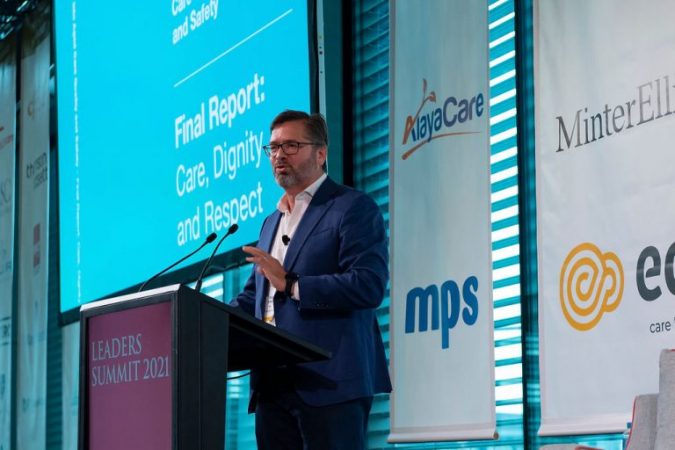
David Waldie speaking on Care Technology at the 2021 Leaders Summit hosted by DCM.
 1300 802 738
1300 802 738 






